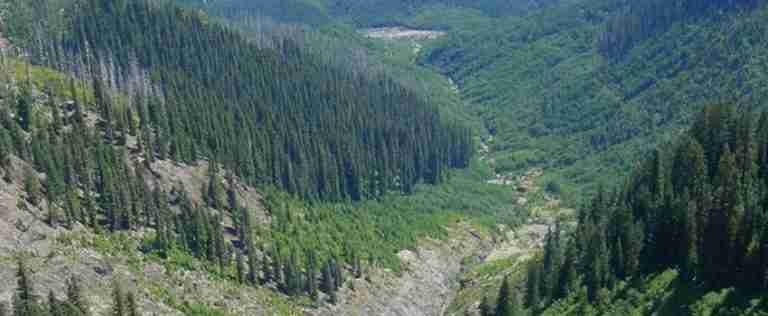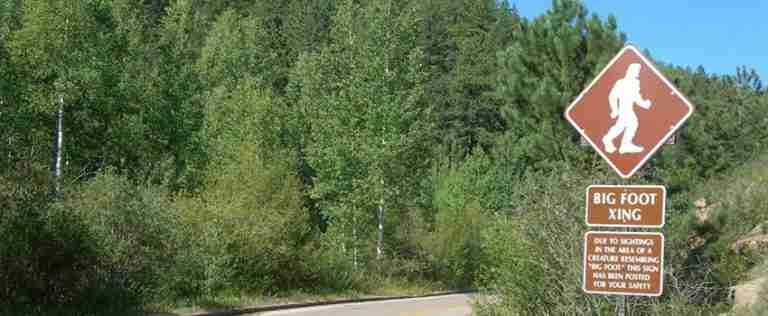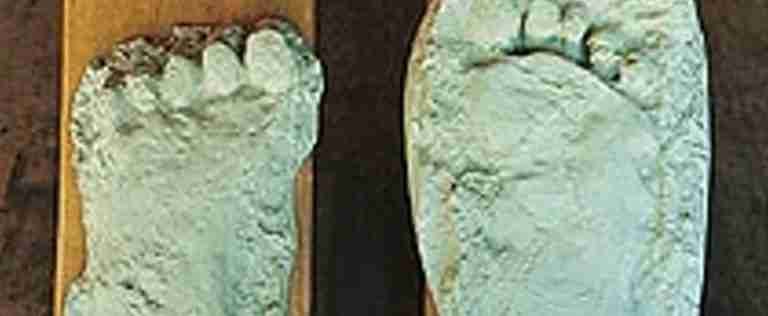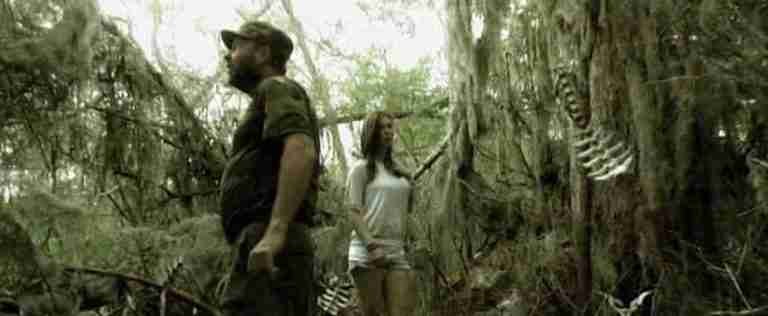The Ohio Grassman: Sightings, Encounters, and Theories
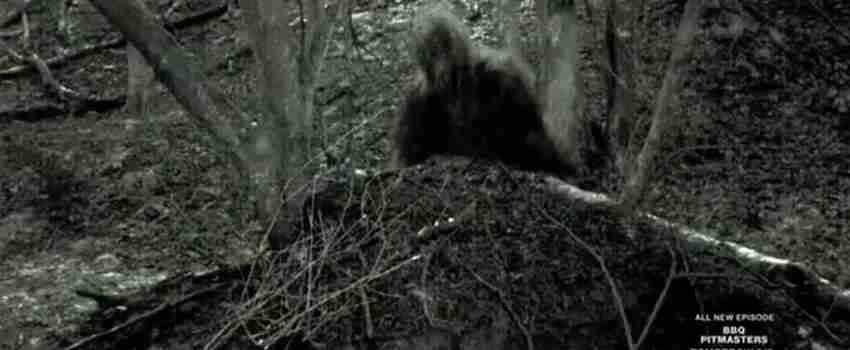
Bigfoot, also known as Sasquatch, is a legendary creature that is alleged to inhabit remote forests in the Pacific Northwest region of the United States and Canada. The legend of Bigfoot dates back to the early 20th century, and there have been numerous reported sightings of the creature, as well as alleged physical evidence such as footprints and hair samples. Despite the lack of empirical evidence to support its existence, the legend of Bigfoot has persisted for decades and has gained a significant following, with many people believing in the creature’s existence and actively searching for it.
In the Ohio region, there have been numerous reports of a Bigfoot-like creature, often referred to as the Ohio Grassman. These reports include sightings of the creature and encounters with strange, ape-like tracks. The Ohio Grassman has become a local legend, with many people in the region claiming to have seen the creature or to know someone who has. In this article, we will explore the Ohio Grassman and examine the evidence for and against its existence, as well as consider the cultural and historical factors that may influence beliefs about the creature. So, this article aims to provide an overview of the Ohio Grassman and its place in the Bigfoot legend.
The Ohio Grassman
The Ohio Grassman is a Bigfoot-like creature that has been reported in the Ohio region. The creature is described as being large and ape-like, with a height of up to eight feet and a weight of several hundred pounds. It is typically depicted as having dark, shaggy fur and a strong, musky odor.
There have been numerous reported sightings of the Ohio Grassman, with most occurring in rural areas or forests. These sightings typically involve brief glimpses of the creature, often at a distance or at night. In some cases, witnesses have reported seeing the Ohio Grassman walking upright on two legs, while in other cases it has been seen moving on all fours.
In addition to sightings, there have also been reported encounters with strange, ape-like tracks that may be attributed to the Ohio Grassman. These tracks are often larger and more distinctive than those of known animals, and they have been found in a variety of locations, including forests, fields, and even roads.
While the evidence for the Ohio Grassman is largely anecdotal, some researchers have attempted to gather and analyze physical evidence that may support its existence. This includes the analysis of tracks and hair samples, as well as the use of field research techniques such as tracking and observation. However, the evidence collected to date is inconclusive, and it is not widely accepted by the scientific community as proof of the Ohio Grassman’s existence. Overall, the Ohio Grassman remains a mysterious and controversial figure, with many people in the region believing in its existence, while others remain skeptical.
Theories and Explanations
There are a number of potential explanations for the Ohio Grassman sightings, including hoaxes, misidentifications, and the existence of an unknown or undiscovered species.
One possibility is that the sightings are hoaxes, either intentional or unintentional. It is not uncommon for people to fabricate sightings or encounters with Bigfoot or other mysterious creatures in order to gain attention or fame. Additionally, people may unintentionally create the impression of a Bigfoot sighting through the use of costumes or other props, or through the manipulation of physical evidence such as tracks or hair samples.
Another possibility is that the Ohio Grassman sightings are the result of misidentifications of known animals or natural phenomena. Many of the characteristics of Bigfoot, such as its size and appearance, can be explained by known animals, such as bears or gorillas. In some cases, sightings of Bigfoot may be the result of people misinterpreting the behavior or appearance of these animals.
Despite these explanations, some people believe that the Ohio Grassman and other Bigfoot-like creatures may represent an unknown or undiscovered species. While there is little empirical evidence to support this theory, some researchers have pointed to the existence of unidentified primates in other parts of the world as evidence that such creatures could exist in North America as well.
In addition to these scientific explanations, there are also cultural and historical factors that may influence beliefs about the Ohio Grassman. Many Native American cultures, for example, have traditional stories and legends about Bigfoot-like creatures, and these beliefs may play a role in shaping modern perceptions of the Ohio Grassman. Similarly, the popularity of Bigfoot as a cultural icon and the presence of a dedicated community of Bigfoot enthusiasts may also influence beliefs about the Ohio Grassman and similar creatures.
Conclusion: The Ohio Grassman: Sightings, Encounters, and Theories
The main points of this article are that the Ohio Grassman is a Bigfoot-like creature that has been reported in the Ohio region, and that there are a number of potential explanations for these sightings, including hoaxes, misidentifications, and the existence of an unknown or undiscovered species. In addition, the article has discussed the cultural and historical factors that may influence beliefs about the Ohio Grassman, as well as the scientific evidence for and against the existence of Bigfoot and similar creatures.
In terms of personal reflections, it is worth noting that the Ohio Grassman, like Bigfoot and other similar creatures, remains a mysterious and controversial figure. While there is little empirical evidence to support its existence, the legend of the Ohio Grassman and the many reported sightings of the creature suggest that there may be something to the idea of a large, ape-like creature living in the Ohio region. Whether this creature is a hoax, a misidentified known animal, or an undiscovered species, it remains an intriguing subject of study and discussion.
As for future directions for Bigfoot research in Ohio, there is potential for additional studies to be conducted in the region, including in areas with a high concentration of Ohio Grassman sightings. These studies could utilize advances in technology and research techniques in order to more thoroughly investigate the phenomenon and potentially identify the cause of the sightings. Additionally, it may be valuable to conduct interdisciplinary research that combines the insights of scientists, anthropologists, and other experts in order to more fully understand the cultural and historical context of Ohio Grassman sightings and encounters.


